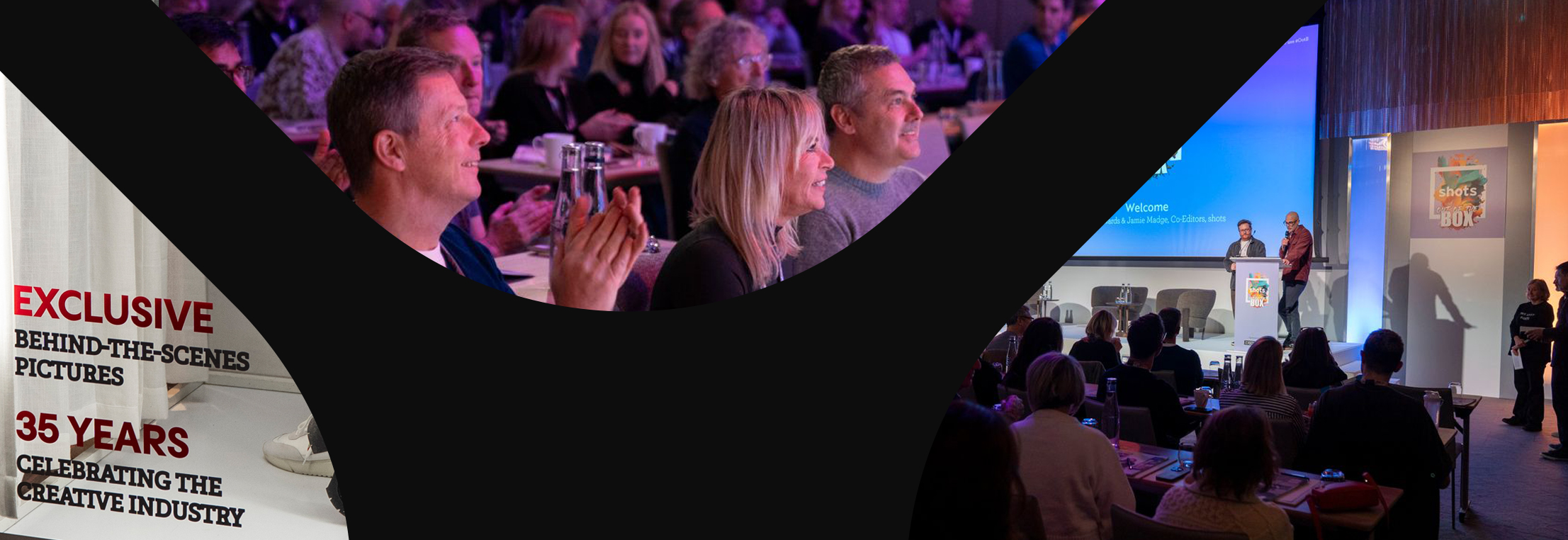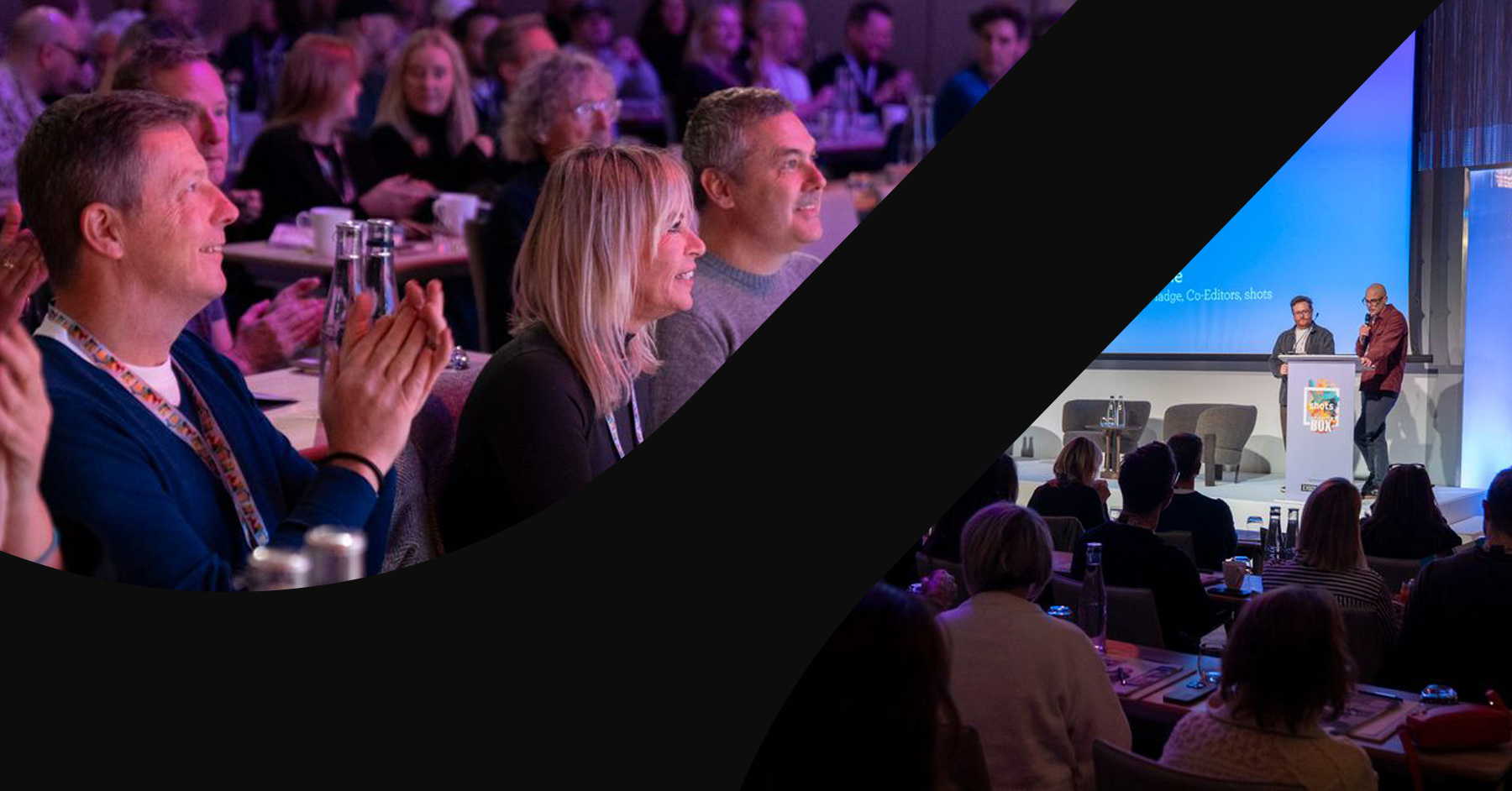Marketing to Millennials and Gen Z Consumers
The oldest millennials turned 40 last year and, as a collective generation, the majority of them have now reached the height of their consumption power. What’s more, this cohort has overtaken baby boomers as the largest demographic in the US, followed closely by Gen Z members. Their outsized influence translates to increased spending power, making both groups important to brands. Here are some of the latest trends to keep in mind when marketing to younger consumers.FashionSustainability has long ranked as a top priority for both demographics, and the world of fashion is no exception. Brands like Patagonia and Reformation inherently bake sustainability into their company ethos—and as a result have been rewarded with celebrity followings, vocal praise from younger demographics and large followings on Instagram. Some emerging retailers now focus on smaller inventory collections that in turn require less space and overhead costs to operate, while established businesses are restructuring existing systems to incorporate eco-friendly measures. Case in point: Walmart, which introduced a “Built for Better” component to its e-commerce site last September, offering products that are climate-conscious, sustainably sourced or Rainforest Alliance Certified, among other standards. “Consumers aren’t expecting [retailers] to be perfect on the sustainability front, but offering just a few options is a good start, at least for now,” said Steve Rowen, managing partner at Retail Systems Reach.Research shows that health and wellness are likewise becoming increasingly important to millennials and Gen Z members—an inclination further heightened by the global pandemic that led to a redoubling of efforts to address both physical and emotional well-being, according to a report from Vice Media Group. Michelob Ultra has successfully tapped into this trend since its launch in 2002. As the fastest-growing American beer brand, it’s promoted itself as a healthy suds alternative due to its 2.6 grams of carbs and fewer calories per bottle. Past partnerships and activations included collaborations with world-class athletes such as Olympic runner Usain Bolt and tennis star Serena Williams, plus sponsorship of multiple marathons. Now, the beer brand is delving into fashion by debuting its first sportswear collection, called “Michelob Origins.” Comprised of 16 T-shirts designed by eight Mexican artists, pieces will be sold at Lust, a Mexican streetwear chain store (among other locations). The streetwear campaign slogan, “Train your FUN side,” is meant to “balance the scales between fun and fit,” while accompanying YouTube videos show young people exercising prior to donning the new shirts.FuelAs with fashion, an emphasis on health ranks high on the list of priorities for younger consumers when it comes to food. PepsiCo’s Quaker Oats is appealing to nutrition-conscious millennials in India via a new campaign that emphasizes the importance of reducing cholesterol, managing weight and sustaining fast-paced modern lifestyles by incorporating oats into daily diets. An accompanying film called “Fuel for the Real Fit” shows a young professional going through the rigors of his daily day—from walking to work to delivering a presentation to playing basketball with friends—all while moving on a racetrack. “Building on the moments like the daily rush, office meetings, an evening with friends on an actual 400-meter track give[s] a firsthand experience of how the right fuel enables you to win your day,” said director Bauddhayan “Buddy” Mukherji. Quaker will also revamp its global brand look and logo to appeal to digital-savvy consumers, incorporating a QR code on every package that provides quick access to Quaker’s Content Hub on YouTube.Folgers, meanwhile, is owning its reputation as “grandma’s coffee” while simultaneously taking strides to rebrand for a younger generation that’s conveniently invested in premium, home-brew coffee brands and blends. The J.M. Smucker-owned brand is launching a campaign that includes abandoning its iconic jingle, “The Best Part of Wakin’ Up,” which has been synonymous with Folgers since the 1980s. Now, “Bad Reputation” from Joan Jett and the Blackhearts will shake up caffeine-loving consumers across TV, online videos and streaming audio platforms. A social media activation includes the bold #DamnRightItsFolgers hashtag. “[The new ad’s music] complemented our desire to address people’s misperceptions about Folgers coffee head-on with a punk-rock rebelliousness that…continues to showcase the evolution of bold, unexpected creative,” said Erica Roberts, chief creative officer at PSOne, the agency behind this campaign.FunFinally, Michelin is proactively targeting Gen Z drivers with a new campaign that calls on interactive mobile video-game content to promote safety behind the wheel. US ad spend in the video-game sector is projected to spike 14 percent to $5.8 billion this year, according to an estimate from Winterberry Group. A staggering 90 percent of Gen Z consumers identify as gamers, and of the many available gaming outlets, The Sims ranks as exceptionally popular, registering over one million daily log-ins with 40 percent of players between ages 12 and 24. “When we looked at what games teens were playing, we found The Sims consistently topped the list,” said Stephanie Tarbet, VP at Michelin North America. “Creating safety messaging within The Sims gives us the opportunity to reach 400,000 teen drivers each day of our latest integration.” Participants within The Sims FreePlay pass digital Michelin billboards while playing, earning opportunities to collect in-game currency while learning about life-saving tire safety. “As gaming grows in popularity across audiences, we are continuously evaluating our gaming and esports strategy to better engage with our consumers,” said Tarbet. “Gaming indexes [are] particularly highly among the Gen Z audience.”From fashion to food to video games, millennials and Gen Z consumers are thoughtful about the qualities they value and deliberate in the choices they make. Marketers can meet them where they shop by tapping into value-oriented messaging that feels genuine, adopting technologies that resonate and remembering that small actions and changes can have a resounding impact.



